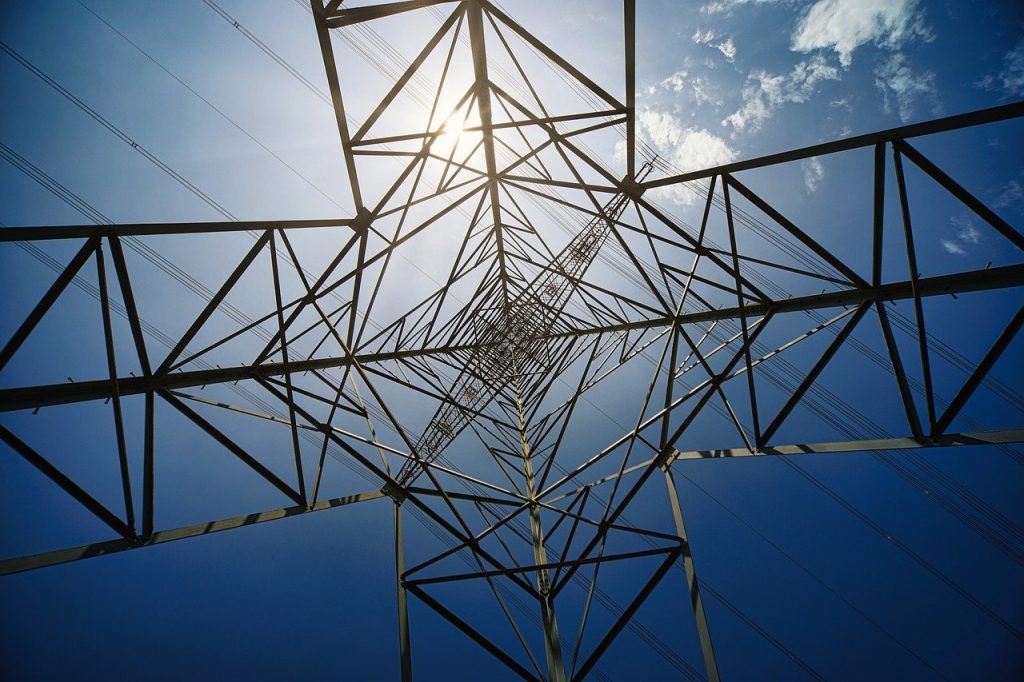Encouraging new participants to enter the power market to promote new power system development
Chen Zongfa, Expert at China Electricity Council
For electric power companies, there are three things to do to help develop a new power system and foster new quality productive forces: drive the modernization of traditional power industries, bolster the growth of emerging sectors, and nurture the industries of the future. In terms of market mechanisms, there should be a proactive yet prudent push for new participants to enter the market, ensuring the robust development of strategic industries. The rapid development of emerging market participants like pumped hydro energy storage, new energy storage solutions, and virtual power plants necessitates learning from both domestic and international experiences to refine market entry and trading mechanisms. This effort aims to facilitate a shift in the power system dynamics from a passive “generation meeting demand” model to a more interactive “generation–grid-load-storage” model.



-scaled-e1718605745763-1024x582.jpg)





